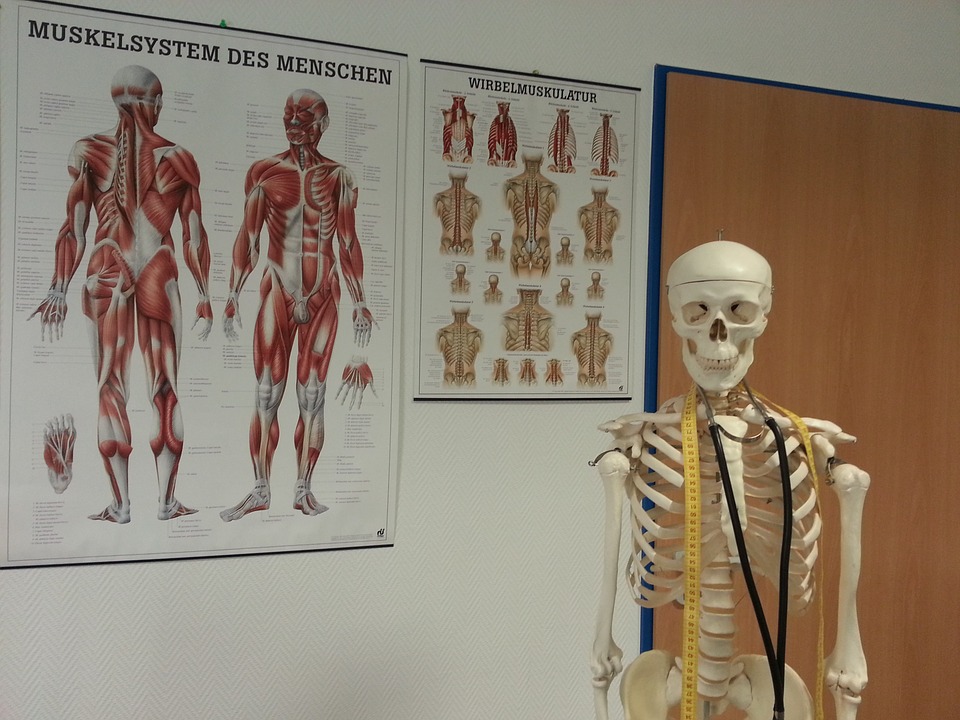
What Does a Kinesiologist Do?
From the Greek word “kinesis”, which means “movement”, kinesiology is a therapeutic practice. It considers how the muscular and skeletal systems of the body relate to each other and how they relate to diseases and injuries of the body.
Kinesiologists are highly trained professionals, most having completed a Bachelor of Science or Bachelor of Kinesiology. Their four-year education, in addition to a certification exam, covers multiple fields of scientific study.
Although it is often confused with physiotherapy, kinesiologists and physiotherapists often work together to help strengthen and rehabilitate clients with injuries or illnesses.
What is Kinesiology?
Kinesiology is the scientific study of human body movements. It is a complementary health science that is often used in addition to physiotherapy that focuses on the musculoskeletal system and determining why certain body parts are functioning incorrectly.
Kinesiology promotes physical activity and the strengthening of muscle and bone in order to prevent injuries to the body. It includes the following fields of study:
- Physiology: the biology of the human body
- Biomechanics: how the musculoskeletal system works to produce movement
- Neurology: disorders of the nervous system
- Mobility: range of motion around the joints
- Anatomy: the parts of the human body
- Posturology: knowledge of human posture
- Anthropometry: measurements and proportions of the human body
- Psychology: science of behavior and mind
The Musculoskeletal System
The musculoskeletal system includes your bones, muscles, cartilage, tendons, ligaments, joints and other connective tissue. It provides support, form, stability and movement to your body.
Common diseases of the musculoskeletal system include:
- Arthritis: the inflammation of one or more joints
- Bursitis: the inflammation of bursa (the cushions within a joint space)
- Tendonitis: the inflammation of tendons
Kinesiology uses a systems-oriented medical approach to identify the underlying causes of a disease.
What Does a Kinesiologist Do?
Kinesiologists are regulated health professionals, trained and certified to develop programs related to the movement of the human body. They specialize in preventing and managing injuries and chronic diseases.
The goal of a kinesiologist is to reduce the healing time of physical injuries and increase physical performance, helping people to become functional, pain-free and resilient.
Because kinesiologists are highly trained with knowledge of the musculoskeletal system, they are often hired into medical research industries in lieu of clinical settings. However, some kinesiologists do work in client-based environments and are often included within a team of physiotherapists.
Kinesiology versus Applied Kinesiology
While both kinesiology and applied kinesiology deal with the muscular systems of the body, the two practices are entirely different from each other.
Kinesiology is a scientific and evidence-based approach that assesses human movements by applying scientific practices (such as biometrics and anatomy). Applied kinesiology uses manual muscle strength testing to diagnose issues throughout the entire body and prescribe treatment.
Applied kinesiology is a holistic approach that accepts that a person is made up of interdependent parts and, if one part is not working properly, then all the other parts will be affected. Specifically, applied kinesiologists believe that organ dysfunction is related to specific muscle weaknesses.
How is Kinesiology Related to Physiotherapy?
Kinesiology and physiotherapy are very similar fields of practice. They both focus on healing the body and extending movement capabilities.
The two professions will often work congruently with the same client in order to reach their physical goals. Physiotherapists work to manage existing injuries while kinesiologists are able to identify any improperly functioning muscles and bones.
So if a client of physiotherapy still experiences limited mobility, nagging pain or does not fully recovery, they may be referred to a kinesiologist. Oftentimes, physiotherapists will use kinesiology or work with a kinesiologist to optimize their client’s healing.
Choosing Between Kinesiology and Physiotherapy
While both practices strive to heal and strengthen the human body, the differences between kinesiology and physiotherapy may be a determining factor as to which therapy you eventually seek.
If you have an injury or chronic pain that affects your everyday function, then your best choice is a physiotherapist. Because they focus on existing injuries, the therapy received will help to correct the injury, or alleviate the pain, so you can continue on with your life.
If you have a known medical condition, injury or disability but want to improve your strength and mobility, then you should see a kinesiologist. Kinesiologists work to help you strengthen your body in order to prevent injuries.
A team comprised of physiotherapists and kinesiologists can offer the benefits of both practices and ensure optimal healing and strengthening of your body.
Are you suffering a physical injury? Or looking to strengthen your body?
We can help! Contact us today for more information on how a physiotherapist or massage therapist can come to your home or office today.







